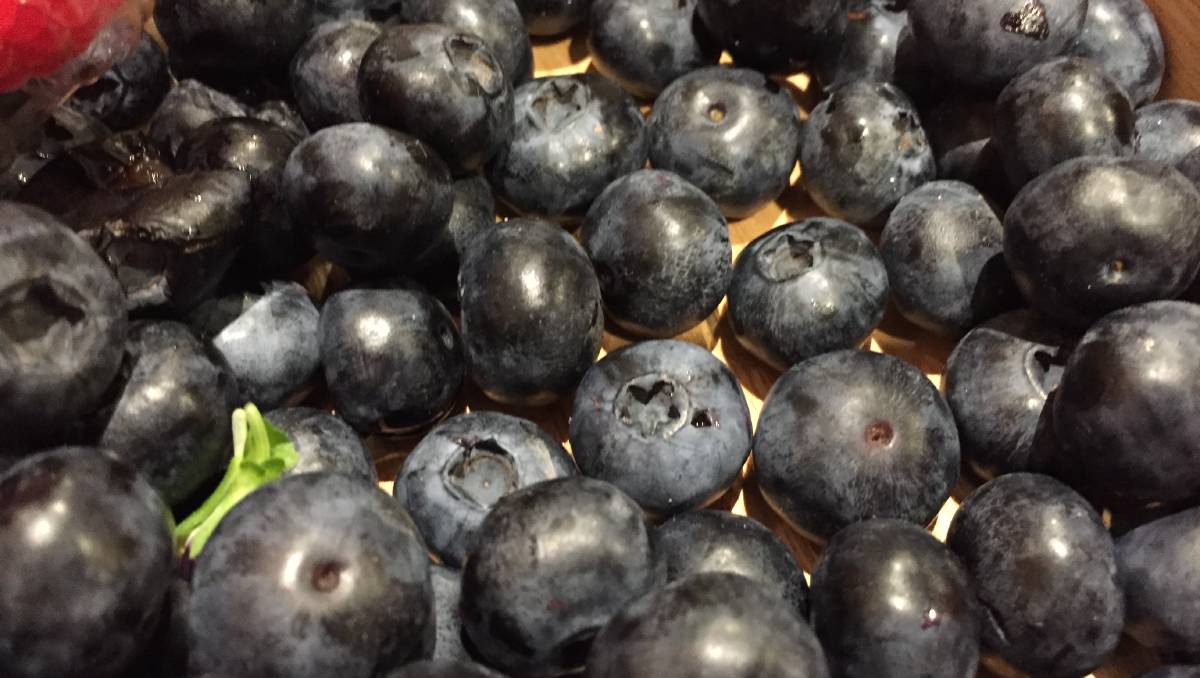



Article by: Hari Yellina
Blueberry growers in Western Australia are on high alert after the illness blueberry rust was discovered for the first time last month. The fungal illness was discovered in a nursery near Perth in mid-April, prompting the WA Department of Primary Industries and Regional Development (DPIRD) to issue a warning to gardeners and horticultural growers across the state to examine their plants in the hopes of containing it. The eastern states have blueberry rust, whereas Washington does not. It’s a notifiable disease that affects blueberry fruit production by reducing vigour, inducing premature leaf loss, and lowering yield. Tiny spores spread the disease.
The agency is conducting tracing and delimiting surveillance to determine the disease’s spread, which will be aided by industry and public monitoring and reporting. Gardeners and growers should monitor plants for disease symptoms on a regular basis and report any suspicious observations to the department’s Pest and Disease Information Service through the MyPestGuide Reporter app, according to DPIRD chief plant biosecurity officer Sonya Broughton. “Yellow pustules can emerge on the underside of leaves, releasing thousands of yellow spores that can infect adjacent plants and propagate the disease,” she said. “Also look for little crimson patches on the upper surfaces of young leaves that can darken with age and are frequently encircled by a yellow halo.”
“Later in the season, disease pustules may form on fruit.” According to the Australian Horticulture Statistics Handbook for 2020/21, WA produced 504 tonnes of blueberries, accounting for 2% of total blueberry production in Australia. After being detected on farms in Victoria, the illness was declared endemic in the state in 2021. In recent years, it has also produced problems for Tasmanian farmers. Blueberry rust can be controlled with approved fungicides or tolerant types. To prevent the disease from spreading, good on-farm and garden hygiene is essential, which includes using clean garden tools, washing shoes and clothing, and restricting vehicle and garden implement movement near plants.
Dr. Broughton advised producers and gardeners to “come clean, go clean” when it came to crop and garden management. “It’s critical not to disrupt or move the plant,” she said, adding that care should be made to avoid contaminating any clothing or equipment. “If you suspect your plants have blueberry rust, you must report it right away because it is a notifiable disease.” Disease signs, on-farm hygiene procedures, and monitoring and reporting techniques are all outlined on the DPIRD website. Use the MyPestGuide Reporter app to report suspected blueberry rust symptoms to the department.